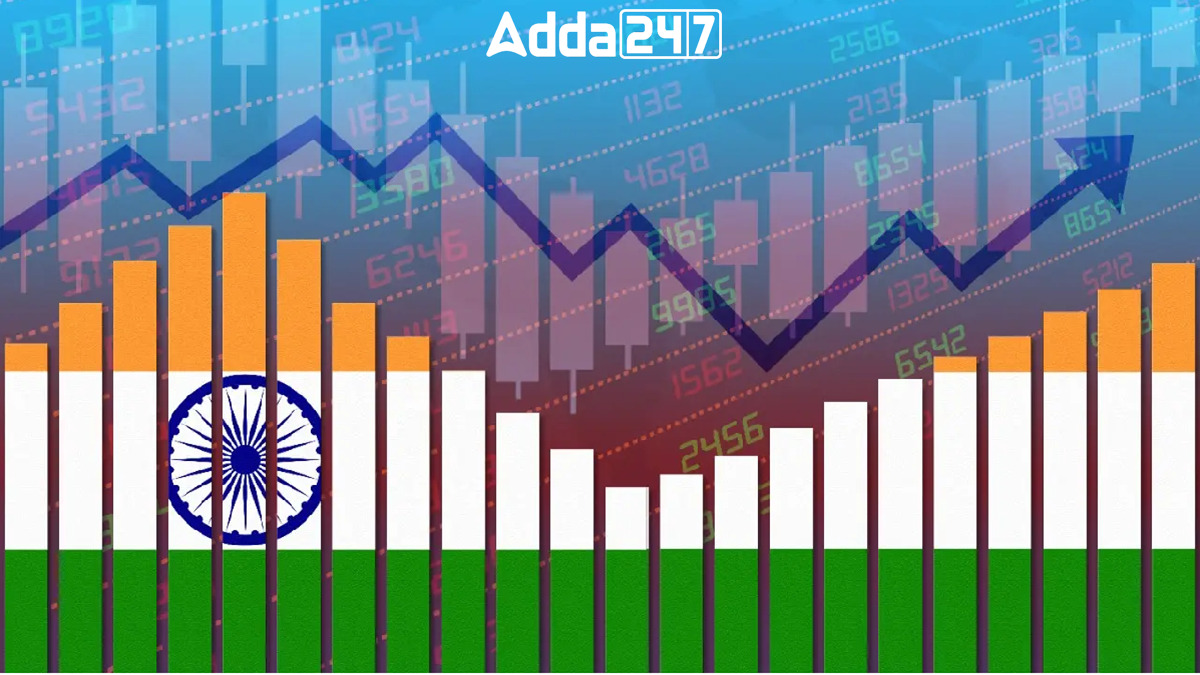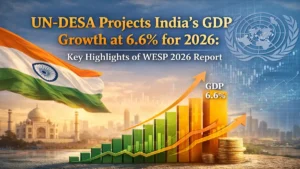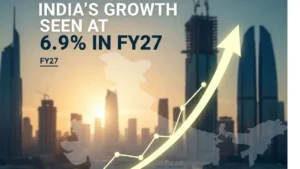The National Council of Applied Economic Research (NCAER) forecasts India’s GDP to surpass 7% and possibly reach 7.5% in fiscal year 2024-25, citing resilient domestic economic indicators and favorable global conditions. High-frequency data shows robust economic activity, prompting upward revisions by all major agencies. Factors supporting this outlook include expected normal monsoons and a focused policy stance on investment and stability.
Economic Resilience and Growth Projections
NCAER’s projections indicate a GDP growth range between 7.2% and 6.2% for the current fiscal year, reflecting sustained economic buoyancy. Director General Poonam Gupta underscores the potential for growth exceeding 7%, supported by strong first-quarter performance and proactive economic policies.
Monetary and Inflation Dynamics
With retail inflation declining to a 12-month low of 4.7% in May, the Reserve Bank of India (RBI) faces less pressure for monetary tightening. The RBI’s focus remains on maintaining CPI-based inflation within its targeted range of 4%, with recent trends suggesting stability despite persistent food price challenges.
Sectoral Performance and Indicators
Key economic indicators such as the Purchasing Managers’ Index (PMI), Index of Industrial Production (IIP), and Goods and Services Tax (GST) collections reflect ongoing expansion across manufacturing, services, and core industries. Robust bank credit growth, although moderated in personal loans, and optimistic agricultural prospects underpin the broader economic momentum.
Challenges and Future Outlook
While global risks remain subdued, challenges persist in managing food inflation and enhancing climate-resilient food supply chains. NCAER advocates for a comprehensive policy framework to address these issues and sustain economic growth amidst evolving global and domestic dynamics.




 UN-DESA Projects India’s GDP Growth at 6...
UN-DESA Projects India’s GDP Growth at 6...
 NSO Releases First Advance Estimates of ...
NSO Releases First Advance Estimates of ...
 India’s Growth Seen at 6.9% in FY27 Desp...
India’s Growth Seen at 6.9% in FY27 Desp...







